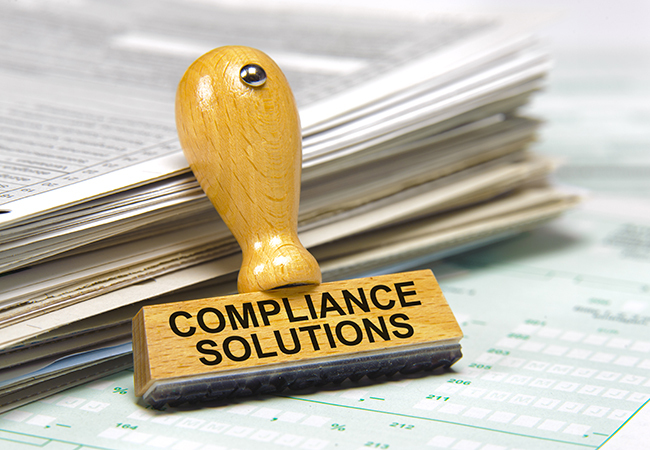What to Do When an Employee is Injured on the Job
A Guide for Employers
Addressing workplace injuries promptly and effectively is of paramount importance for several reasons.
First and foremost, it ensures the well-being and safety of employees, demonstrating a commitment to their health and welfare.
Swift action can help minimize the severity of injuries, prevent complications, and facilitate timely medical treatment.
Prompt response also allows for accurate documentation of the incident, which is crucial for legal and insurance purposes.
Moreover, addressing workplace injuries promptly helps maintain employee morale and confidence in the organization’s commitment to their well-being, fostering a positive and safe work environment.
Preparing for Workplace Injuries
Preparing for workplace injuries is essential to create a safe and proactive work environment.
Employers should establish and implement comprehensive safety protocols and training programs to educate employees about potential hazards and preventive measures.
This includes conducting regular safety inspections, providing appropriate safety equipment, and promoting a culture of safety awareness.
Maintaining proper documentation and records of safety training, incident reports, and safety inspections is crucial for legal compliance and effective response in the event of an injury.
Obtaining workers’ compensation insurance is also vital to ensure that injured employees receive the necessary medical care and compensation while protecting the employer from potential liability.
By proactively preparing for workplace injuries, employers can mitigate risks and foster a safer work environment for their employees.
Initiating the Workers' Compensation Process
Initiating the workers’ compensation process is a critical step when an employee is injured on the job.
It begins with understanding the workers’ compensation system and its specific requirements, such as the timeframe for reporting injuries and the types of injuries covered.
The injury should be promptly reported to the workers’ compensation carrier or the HR department, ensuring that the necessary documentation is provided to initiate the claim process.
This includes assisting the injured employee in completing the required forms accurately and gathering any supporting documentation, such as medical records or incident reports.
By efficiently initiating the workers’ compensation process, employers can ensure that the injured employee receives the appropriate benefits and support while complying with legal obligations.
Supporting the injured employee is crucial to aid in their recovery and ensure their well-being.
This involves facilitating access to necessary medical treatment and rehabilitation services, such as scheduling appointments and assisting with insurance claims.
Maintaining open lines of communication and offering ongoing support throughout the recovery process is essential.
Regular check-ins and updates help demonstrate care and concern for the employee’s progress. Additionally, if feasible, employers can explore modified or alternate work arrangements to accommodate the injured employee’s capabilities during the recovery period.
This not only supports their physical and emotional well-being but also fosters a sense of inclusivity and support within the workplace.
Navigating Return-to-Work Processes
Navigating return-to-work processes involves collaborating with healthcare professionals to determine appropriate plans, offering transitional work options or accommodations if needed, and ensuring a smooth transition back to regular job duties.
It requires open communication, flexibility, and a focus on the employee’s well-being and successful reintegration into the workforce.
Preventing Future Workplace Injuries
Preventing future workplace injuries requires conducting thorough incident investigations to identify root causes, implementing corrective measures and safety improvements based on findings, and providing ongoing training and safety awareness initiatives for employees.
It involves a proactive approach to identify and address potential hazards, promoting a culture of safety and continuous improvement in the workplace.
In conclusion, we have covered important aspects of managing workplace injuries effectively.
Preparing for workplace injuries, initiating the workers’ compensation process, and providing support to injured employees are vital for their well-being and legal compliance.
It is crucial to prioritize proactive injury management, including preventive measures and ongoing safety training.
Consulting legal and HR professionals can provide specific guidance tailored to individual situations. By prioritizing employee safety and well-being, organizations can create a culture of care, support, and productivity in the workplace.









